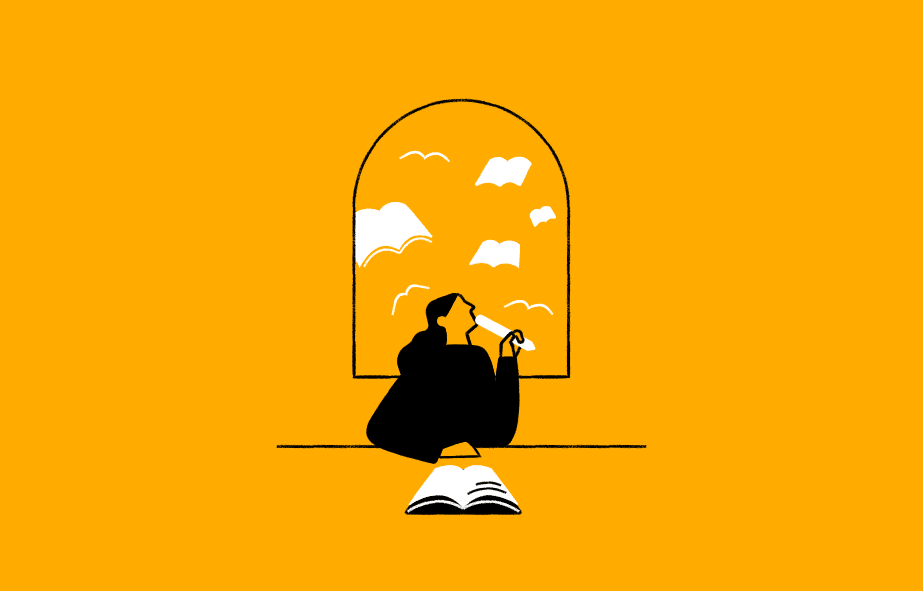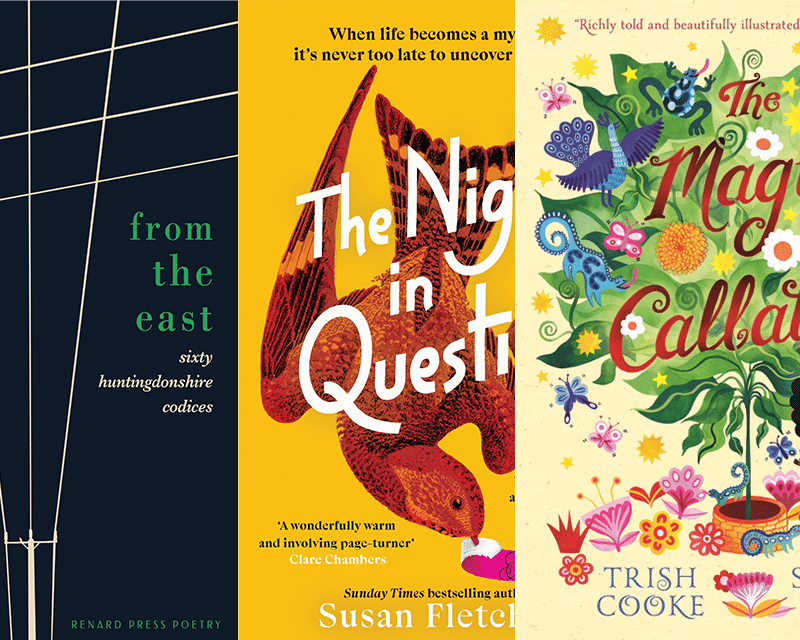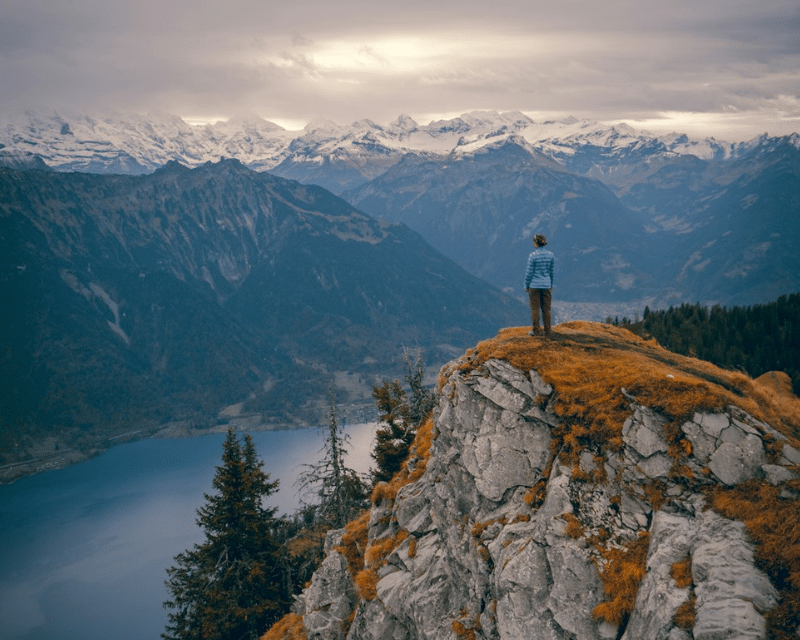- Collected
- Article
On Location
Artists’ houses

- 11 January, 2021
- Sue Roe
Gwen John spent the last twenty-nine years of her life in Meudon, the suburban village six-and-a-half miles outside Paris, where Rodin lived. Its sloping streets, dominated by a forest of natural woodland and noticeably lively bird song, reminded me (if not Gwen herself) in some respects of her native Haverfordwest, also small-town, rural, and neighbourly. She was happy in Meudon, living first in one of her famed attic apartments, subsequently in what is often described by biographers and art historians as a wooden shack on a vacant plot; the image conjured up is of the itinerant artist, camping out in a patch of waste ground, which had always bothered me. So, off I set to investigate.
I found the rue Babie with no trouble (not always easy in France, where they like changing the names of roads, and re-numbering the houses), and here was number 8: a plot containing a wooden house markedly different from the other houses in the road, all large, substantial residences. The rue Babie is a leafy, suburban, bourgeois enclave, where at some point, presumably, an architect had pulled down a house to build his own. No shanty town, this. On the contrary, Gwen’s neighbours would have been the well-to-do bourgeoisie of Meudon, some of whom, as evidenced in her correspondence, became her regular models. The ‘vacant plot’ was simply, for Gwen, the only affordable dwelling in a beautiful, residential setting.
The other puzzle was Gwen’s dream house in Brittany, described in a number of her letters. On another pilgrimage I discovered Pléneuf, the small, coastal village where, on a visit to friends in August 1918, she found ‘an old chateau with some wonderful rooms in it’, which she learned were available for rent. When the Château Vauclair subsequently came up for sale, for many months she clung (unsuccessfully) to the dream of purchasing it. In Pléneuf, she enjoyed the buttery light, the sea air, the pure, Celtic magic of the place, and made beautiful sketches of the local children. Her letters express her unalloyed delight in the place, its seclusion and freedom. But, a chateau?
We stopped off first at the small librairie to buy local history books, which supplied me with maps and old photographs. At first, we thought we had found it…but no, that was the old town hall. We turned the map around, established a different starting point; set off again. And almost missed it, as we turned down the lane towards the sea. Here, suddenly, on our left, was a great pair of wrought-ironwork gates, protecting — not a chateau, more a manoir. A large house, certainly, in the elegant, French country style — actually, an entirely feasible home for anyone (albeit with substantial funds). Thanks to the astonishing kindness of the people who answered the door, I was shown inside. (How? I just pulled the bell…and asked. Blatant, biographer’s cheek.)
Invited in, even given coffee, I was shown around the house which, as it happened, was about to be sold by the present owners, who had recently inherited it. The manoir had been preserved almost exactly as Gwen had described it. Discreetly, I worked out which would have been ‘her’ room; and figured that though she could manifestly not have afforded it, she had surely been far from mad in her attempts to persuade others to help her try. This, then, was the dream-home of the so-called attic recluse, the vagrant on her patch of waste ground. What she actually craved was space, peace, beauty, and a feeling of ownership.
Matisse and Picasso became acquainted during Picasso’s early years in Montmartre when, accompanied by Gertrude Stein, Matisse climbed the steps of the hillside to meet the painter who was to become his lifelong rival and friend. During those years Matisse’s wife, exploring the coast near Perpignan, discovered the ideal painter’s retreat in Collioure, a small fishing village, and in early summer 1905 she and Matisse spent several weeks there. In Collioure, the artist painted such breakthrough works as La Fenêtre Ouverte, one of his earliest open-window pictures, and developed his major work, La Joie de Vivre (taking its title from Collioure’s motto), his evocation of imaginary Arcadia. He was joined by André Derain, another of Picasso’s circle; each made significant new artistic discoveries, in this region of extraordinary colours and light described by Matisse as ‘a blonde, gilded light, which suppresses the shadows …it’s a revelation, a work of art; amazing…’. That summer was a turning point for both artists, but despite painting the same locations, they began to move in markedly different artistic directions. This place, I had to see.
We arrived in May (the month of Matisse and Derain’s 1905 visit)…in pouring rain. I had been expecting to pace the sunny beach, marvel at the vivid quality of light on the sea; wander, in the heat, up into the hills where Matisse escaped from prying eyes to paint his wife. I would recognize (as in Matisse’s painting, Collioure – été 1905) the lick of yellow light like a flame, scorching the beach with strong accents of pink and blue. I was about to be dazzled by the stark colours, orange and red on bright, deep blue, of the fishing boats on the water painted by Derain, made vivid by the extraordinary power of the sun. Our week passed, and still it rained.
The sky cleared, but these were not the colours I had expected to see. As the weather stayed cool all week, the contrast between the colours and light I was seeing and those described by Matisse (in both his correspondence and his paintings) was almost funny. My trip to Collioure was fast running the risk of becoming my piece of joke research. But I did see the distinctive orange roofs of the houses on the hillside; and the former Café Olo, where Matisse lodged at the port overlooking the Boramar beach and painted La Fenêtre Ouverte, and La Plage Rouge, its foreground a vivid sweep of scarlet.
I trudged around, locating the exact spots where particular works were painted, as it dawned on me that, idiotically, I had failed to consider that May 1905 must have been atypically steamy for the time of year. I took the opportunity to explore the local museum, where in the museum shop I found limited-edition publications detailing the history of the place, and descriptions of Collioure in times past — the old fishing village which Matisse would actually have seen. Sheltering from the rain, I read about the shoreline at daybreak, busy with the boats coming in with the catch; the women mending nets in the afternoons while their men slept; the fishy scents; raucous, calling voices (now I understood why Matisse suffered from insomnia there)… and the place now finally came alive in my mind’s eye.
I will always fiercely defend Renoir against any charges of ‘chocolate-box’ painting after standing not only in the garden in the little house in Montmartre (now the Musée de Montmartre) where he painted The Swing, but also in his own precious garden in Cagnes-sur-Mer, up in the mountains above Nice, where in 1907 he made his home, and brought up his children, in the setting of an old olive grove. There is no doubting Renoir’s gifts of draughtsmanship, his mastery with paint; but sometimes, yes, he did paint pure emotion, the unmediated pleasure of looking at the skin, the hair, of a healthy young woman or child. It is nearly forty years since I visited his home in Cagnes, his studio still intact – the podium for the model, the red couch; his palette – and the look and feeling of the place are still powerfully etched in my memory; I would almost call that visit to Cagnes (long before I began writing biography) a formative experience, a trip that established my benchmark of all that can be communicated (not always reducible to description) by the place a subject loved.
Years after visiting Les Collettes, while researching my group biography of the Impressionists I read Renoir’s philosophy of life. We human beings are all just corks, bobbing on a stream, he said, moved here and there by the breeze. Our job is not to pontificate but to appreciate, even relish what we have.
As I finish writing this, we find ourselves in the unexpected situation occasioned by the global outbreak of Covid 19. We all hope we will eventually be able to travel safely again, as before. Here, meanwhile, are the stories of how Gwen John’s true longings, Matisse’s search for Arcadia, Renoir’s philosophy, all revealed themselves to me in their respective, infinitely evocative settings, albeit in unexpected ways. I present them to share a biographer’s precious memories, and in the hope of happier times ahead.
You might also like:
No facts, only versions
Memoirs are as much about what is excluded as what is included. This edition examines how you can evoke the…
RLF Fellows’ News: April 2024
Publishing News RLF Fellow Trish Cooke’s new children’s book, The Magic Callaloo, is set to be published by Walker Books…
Susan Fletcher on outsiders in fiction – literal and imagined
I’ve always known that I’ve preferred to be outside. To be an outsider – literally, and, specifically, amongst wild places…


